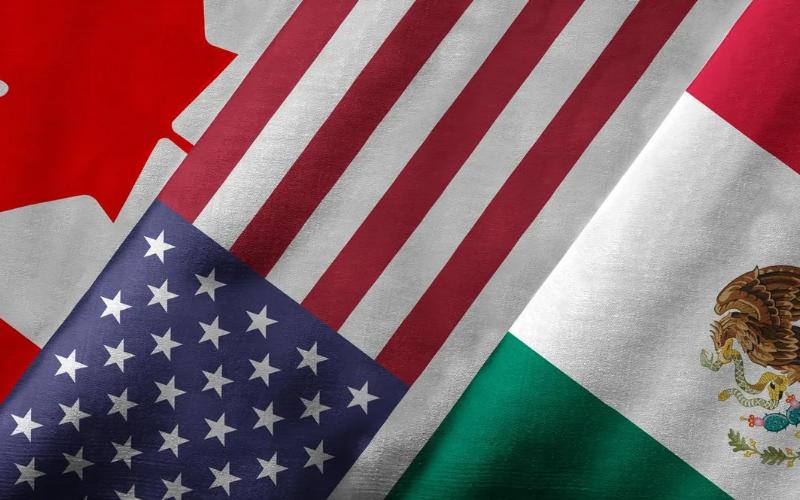Impact of U.S. Tariffs on Swiss Dairy: A Significant Milk Surplus Emerges

The imposition of a 39% tariff by the United States on Swiss cheese exports has caused a significant milk surplus in Switzerland, forcing local farmers to reconsider their production strategies. This tariff, announced in August 2025, was part of a broader trade policy shift under President Donald Trump. It raised the effective tax rate on Swiss imports to over 50% when combined with other duties and the depreciation of the U.S. dollar.
Swiss cheese prices in the U.S. market have surged, with costs rising from $15-$50 per pound to $20-$70 per pound. As a result, Swiss farmers are facing a domestic milk surplus due to both the tariff and an unexpectedly rainy spring that led to a bountiful milk production season from the country's 550,000 cows.
In response, the Gruyère industry has advised cheese producers to reduce their output by 5%, while IP Lait, representing the dairy sector, has suggested cutting annual milk production by 50,000 tonnes, equivalent to the output of about 25,000 cows. The quickest means to achieve this reduction involves the premature slaughter of cows, a measure that has sparked significant concern among Swiss dairy farmers.
Boris Beuret, a dairy farmer and president of the Swissmilk producers association, has already sent three of his cows to slaughter to manage the excess milk supply. Despite reluctance to reduce herd sizes due to potential tariff renegotiations, the current milk glut is putting pressure on farmers to act swiftly.
In the long term, the Swiss government is exploring new international trade agreements with regions such as Latin America, India, and China. Domestically, the industry is promoting campaigns to encourage higher dairy consumption and considering the production of alternative dairy products like mozzarella and yogurt to stabilize the market.











